Come with me into the woods where spring is advancing, as it does, no matter what, not being singular or particular, but one of the forever gifts, and certainly visible.
~Mary Oliver
I have been busy these past couple of weeks, busier than I like, especially for this time of year. It is the time of year when change happens quickly.
I walk around the yard with coffee mug in hand, and I see new things appearing everywhere, as if by magic. We have a name for this magic – we call it Spring.
Spring is marked by us woods-watchers as a season of firsts – the first spring ephemeral wildflowers, the first snake of the season (a garter snake this year), the first opening of a buckeye bud, and the first falcate orangetip butterfly. All of these, and more, happened this week in these woods.
The swollen buds of the yellow spicebush flowers (Lindera benzoin) finally burst open this week. They are small, and could go almost unnoticed, except that they are an abundant splatter of color on the otherwise bare twigs in a few spots in the yard.
One of my favorite spring wildflowers is the trout lily, Erythronium americanum. The mottled leaves are said to resemble the speckled skin of a trout, hence this common name. It also goes by a host of other names throughout its range including dogtooth violet (by the way, it is not a violet), fawn lily, and adder’s tongue.
This delicate beauty spends most of the year (40+ weeks) unseen by us, as just a bulb underground. If the plant is too young, or starved of enough nutrients, the bulb produces only one leaf, and no flower. But when things are going well for the plant, the bulb produces two leaves and a single nodding flower.
Trout lilies can form dense stands with large clumps of flowers and their arrival is surely one of the most anticipated floral displays of any woodland spring.
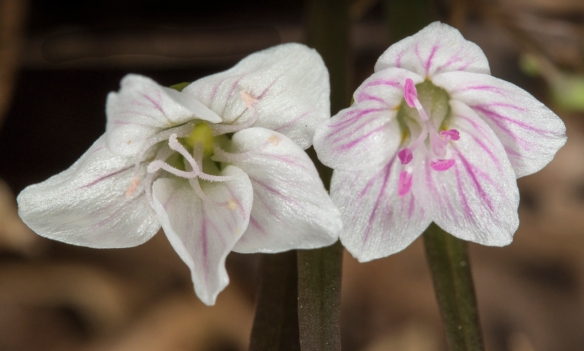
Spring beauty flowers (photo taken in late afternoon when flowers are starting to close for the night)
Blooming in concert with the trout lilies is another common spring ephemeral, the aptly named spring beauty, Claytonia virginica. Spring beauties can vary in color from a delicate white with faint lines to flowers having bold pink stripes on each petal. Spring beauty produces nectar and pollen to attract pollinators such as various flies and bees (especially the spring beauty bee, a pollen-specialist on spring beauty flowers). This flower is protandrous, meaning the flowers separate the timing of when they behave as a male flower (with pollen available) and when they act as a female flower (by making the stigma receptive to pollen). Each flower acts as a male for approximately one day. Then, the flower will act as a female for one day or more (generally up to a week). This helps ensure cross pollination by reducing the chances that the female plant parts receive pollen from the same flower. In the photo above, the flower on the left is older than the flower on the right. Note how the anthers have started to wither and are laying down on the petals. The anthers in the flower on the right are upright, and bright pink with pollen, and the three-part stigma is still fused together.
While these flowers are starting their short-lived blooming period, a host of other plants are waiting in line, ready to add their colors to the annual procession of a woodland spring. These next few weeks will see a steady stream of new species carrying their banners through the awakening woods. It certainly is one of the cherished “forever gifts”, and all we need to do to receive it is to take a moment, slow down, and look in the woods around us.


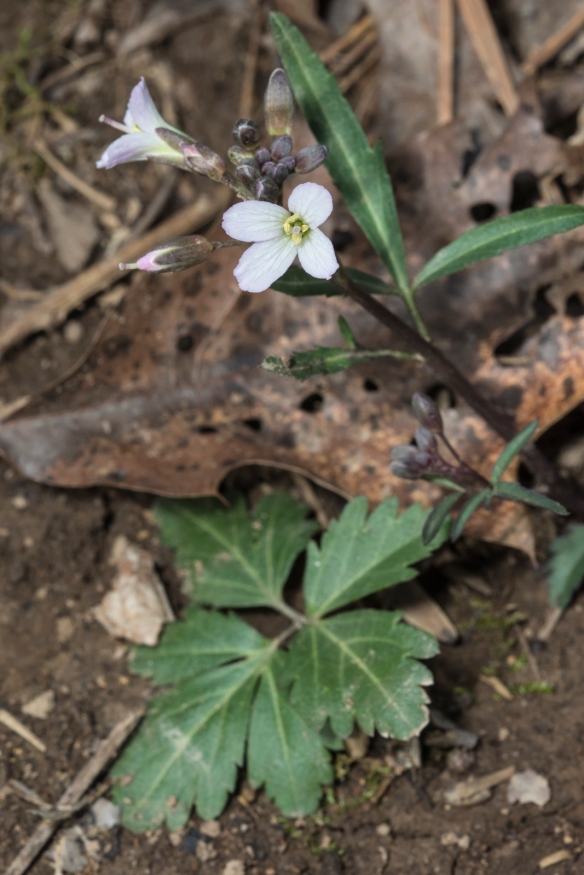


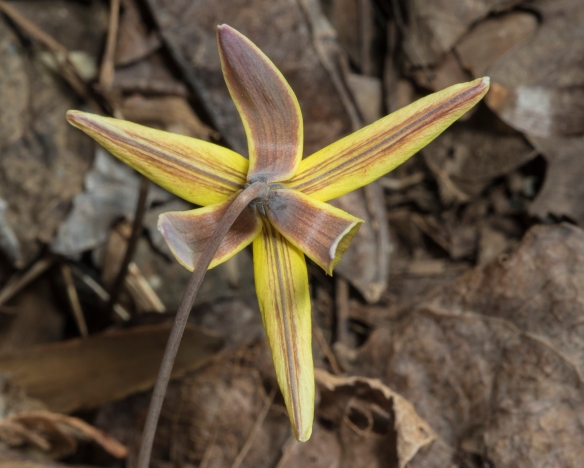
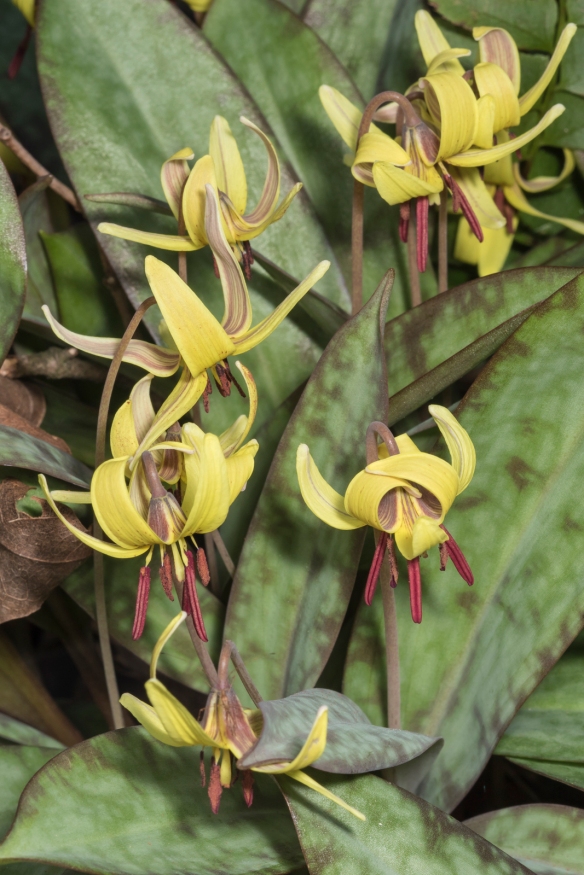
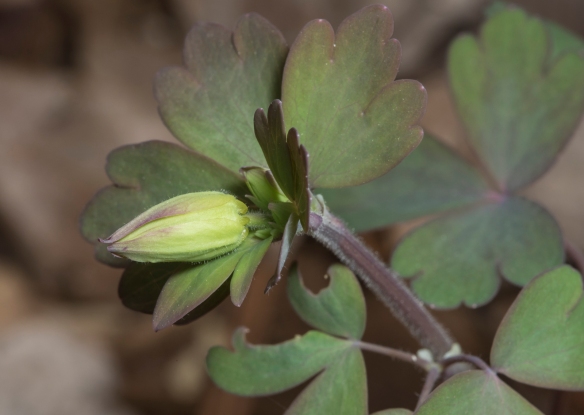
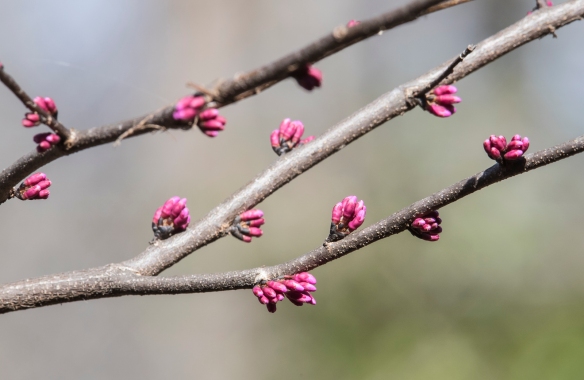
Hey Mike, I enjoyed seeing these beautiful close-ups of all the flowers I’ve been seeing on my walks! It reminds me to slow down and look closely!